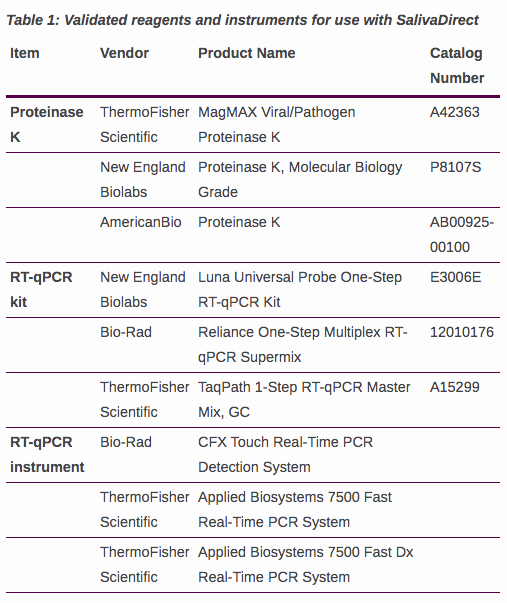
DRAFT protocol for B.1.1.7 screening by PCR. It includes primers/probes for:
- 69/70del
- 144del
- CDC_N1 (+control)
If N1 positive, 69/70del + 144del drop out, likely B.1.1.7
We have not tested this yet, but making it available for others to try.
docs.google.com/document/d/1zo…
- 69/70del
- 144del
- CDC_N1 (+control)
If N1 positive, 69/70del + 144del drop out, likely B.1.1.7
We have not tested this yet, but making it available for others to try.
docs.google.com/document/d/1zo…
Designed by @JosephFauver, @VogelsChantal, and myself in response to some great feedback and DMs from this thread:
https://twitter.com/NathanGrubaugh/status/1344631146332745728?s=20
Please let us know if you try it, and if you wouldn't mind, share your results. We just ordered the primers and will test next week, but we don't have any B.1.1.7 viruses to test. Will make protocol adjustments as we go, and will post a final version on protocols.io
And we'll share our results as we go on virological.org.
All of this would be a lot easier if @thermofisher just shared their sequences...
*Protocol update*: we included two sets of 69/70del and 144del probes. 1 that detects the variant (deleted) seqs & 1 that detects the non-variant (reference) seqs. We will test both direct detection and drop out approaches to see which is more sensitive.
https://twitter.com/NathanGrubaugh/status/1344744633553858560?s=20
Use only one set of probes at a time.
For direct detection:
N1 pos, 69/70del pos, 144del pos = probable B.1.1.7
For drop out detection:
N1 pos, 69/70del neg, 144del neg = probable B.1.1.7
docs.google.com/document/d/1zo…
For direct detection:
N1 pos, 69/70del pos, 144del pos = probable B.1.1.7
For drop out detection:
N1 pos, 69/70del neg, 144del neg = probable B.1.1.7
docs.google.com/document/d/1zo…
If anyone has B.1.1.7 and/or B.1.346 RNA to send us for validation - that would be greatly appreciated! Please DM or email me.
• • •
Missing some Tweet in this thread? You can try to
force a refresh






